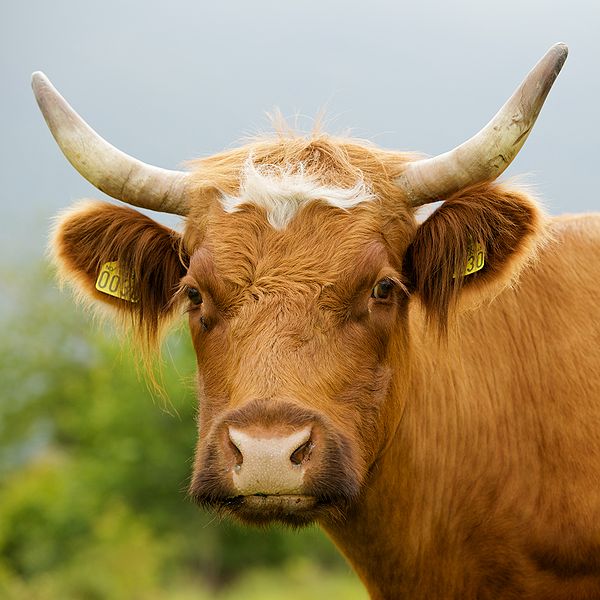In infectious disease ecology and epidemiology, a natural reservoir, also known as a disease reservoir or a reservoir of infection, is the population of organisms or the specific environment in which an infectious pathogen naturally lives and reproduces, or upon which the pathogen primarily depends for its survival. A reservoir is usually a living host of a certain species, such as an animal or a plant, inside of which a pathogen survives, often without causing disease for the reservoir itself. By some definitions a reservoir may also be an environment external to an organism, such as a volume of contaminated air or water.
Cows are natural reservoirs of African trypanosomiasis
Bushmeat being prepared for cooking in Ghana, 2013. Human consumption of animals as bushmeat in equatorial Africa has caused the transmission of diseases, including Ebola, to people.
In biology and medicine, a host is a larger organism that harbours a smaller organism; whether a parasitic, a mutualistic, or a commensalist guest (symbiont). The guest is typically provided with nourishment and shelter. Examples include animals playing host to parasitic worms, cells harbouring pathogenic (disease-causing) viruses, or a bean plant hosting mutualistic (helpful) nitrogen-fixing bacteria. More specifically in botany, a host plant supplies food resources to micropredators, which have an evolutionarily stable relationship with their hosts similar to ectoparasitism. The host range is the collection of hosts that an organism can use as a partner.
The black rat is a reservoir host for bubonic plague. The rat fleas that infest the rats are vectors for the disease.
Buff ermine moth caterpillar, a polyphagous micropredator
Mycorrhiza, a mutualistic interaction between a plant's roots and a fungus
Cleaning symbiosis: a Hawaiian cleaner wrasse with its client, a yellowtail wrasse






